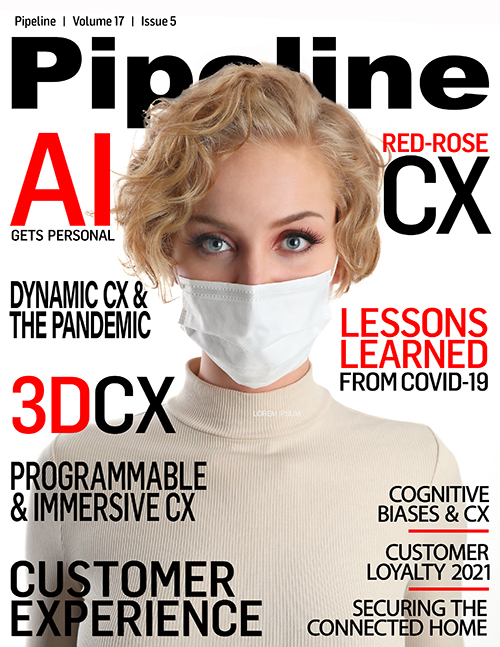AI Gets Personal: 360-degree Customer CX
This means gamers can vary across several types of profiles, such as gaming professionals, competitive gamers, and casual gamers. For example, teenagers don’t play video games such as Fortnite, where fast network speed is needed, on their mobile devices because they will lose to other gamers on a fixed line, which has better connectivity.
CSPs need to be able to predict these customer expectations and sensitivities and solve anomalies before they impact the experience. In this particular case, the connection has to be excellent end-to-end. Every millisecond counts, from the game server to the game device, regardless if the connection is mobile, cabled or Wi-Fi in the house.
Subscribers who do not get the experience they expect will switch.With our customers on the journey
One of our CSP customers had churn models which didn’t cover the 360 degrees of the customer and their journey. These churn models were mainly based on billing and usage data. Additionally, there were no cross-functional processes that would allow marketing to trigger internal network or IT teams to take necessary actions to address issues causing churn. This meant inefficient retention programs. It also meant lack of full visibility to the reasons driving churn and lack of improvement actions across the organization.
Our team worked with the CSP marketing group to enhance their churn-related processes and to create an agreed-upon churn model for predicting churners and the drivers behind the churn, including network and business metrics. Today, the list of potential churners and their probability to churn is sent automatically to retention and care teams, and churn drivers related to the network or CSP services are sent to operations or IT for troubleshooting and optimization.
In another customer situation, marketing teams such as segmentation, product and service creation and campaign teams were using incomplete and offline views of their customers and manual and/or static processes to identify target customer groups and to make decisions.
With our machine-learning-based marketing use cases, the segmentation team can now see and predict how the customer base is structured, who is in every cluster and analyze cluster transitions accurately and efficiently. New product and service creation teams are provided automatically with customer clusters for their product or service design. Additionally, campaign teams can identify target customers more accurately. These customer clusters are identified based on hundreds of network and business metrics and dimensions, which can be grouped as customer circumstance and demographics (for example, gender, age, CLTV), behavior (such as usage, mobility), attitude (or perception) and experiences across touchpoints including customer care, billing, network, services, OTT apps, and so on.
We are also working with our customers to help marketing teams define and automate contextual customer engagements, using data from the network and IT organizations, but without relying on them on a day-to-day basis. We worked with one CSP who was experiencing low take-up rates with mass campaigns, a lack of relevant contextual engagements with customers over digital channels, and long time to market for new services and campaigns. We helped them improve digital experiences for their customers by offering the right service for each customer and enabling real-time profiling of subscribers to better understand customer needs. We also created recommendations and automatically triggered the next best offer for a customer. As a result, they saw three-digit growth on take-up rates and increased marketing ROI (return on investment). Significant increase was also seen in customer lifetime value in all segments.
The key to marketing success
All of these examples show the importance of 1) bringing network intelligence to marketing teams to increase the accuracy of their view of the customer, and 2) connecting marketing with network and IT teams and processes to address experience in a holistic manner.
Those CSPs who manage to succeed in transforming their marketing processes into predictive and automated processes which are centered on this 360-degree digital image of the customer will see Forrester’s 2021 prediction come true: “25 percent of brands will achieve significant advances in customer experience quality by 2025.”



















